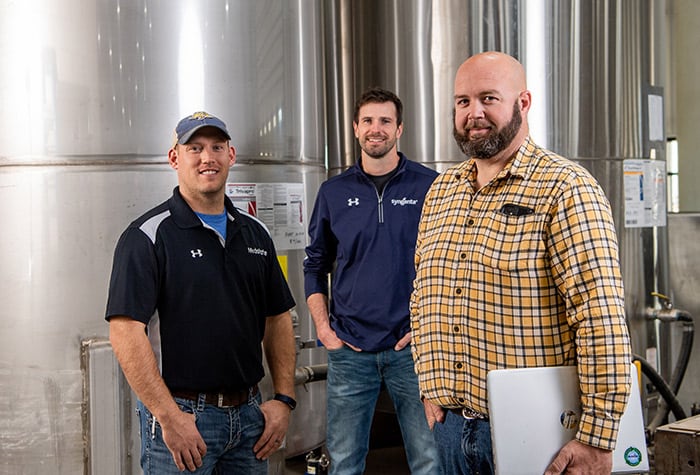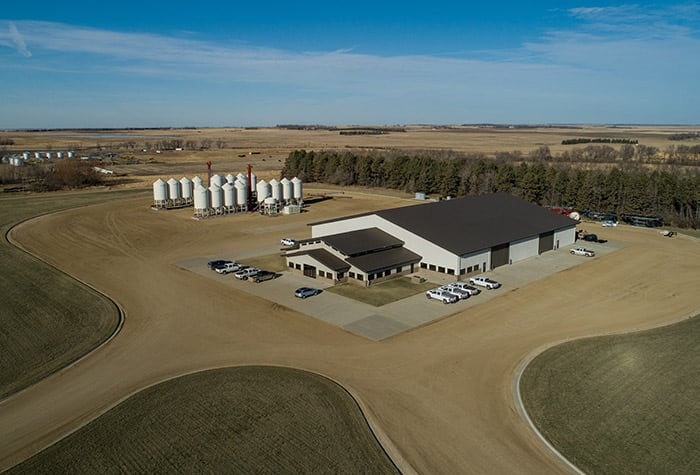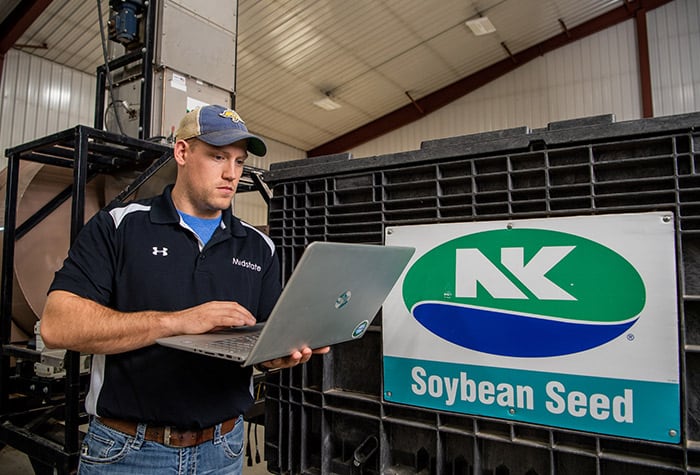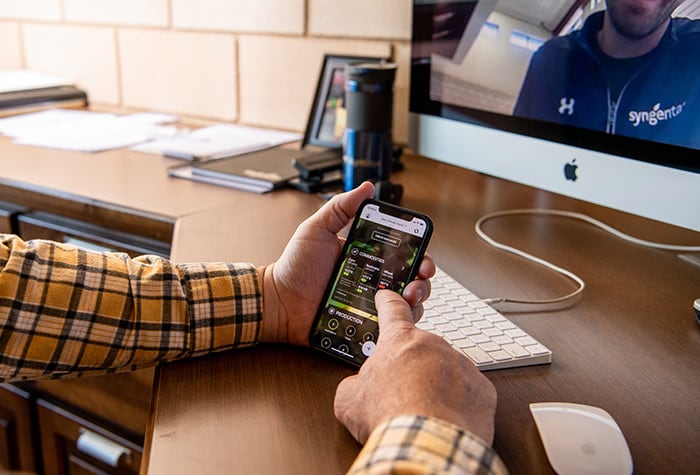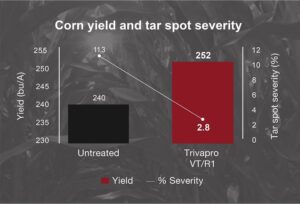Assembling an on-farm first aid kit is time well spent, say experts at the AgriSafe Network, a national group of health-care workers and educators who advocate for better rural health. To minimize injuries and save lives, they recommend growers consider investing in the following items:
- Emergency/survival blanket (same material as Mylar balloons) — To protect people from the elements and ward off shock.
- Heavy-duty bandage scissors/trauma shears — To cut through denim, jackets, etc., when injury occurs.
- Two 8-ounce containers of sterile saline — To initially cleanse wounds and for immediate irrigation when accidental chemical sprays, grain particles, etc., enter the eye.
- Jug of water sealed and stored in a large plastic bag — For eye irrigation and hydration.
- Adhesive bandages — Various sizes and types, including knuckle and butterfly bandages.
- 2 pairs of examination gloves, properly sized — To put on if there’s no time to wash hands; they also can protect individuals from contaminated body fluids.
- 2 instant cold packs, sized 5-inch x 8-inch — Know how to properly “pop” them.
- Sealable 2-quart and 1-gallon plastic bags — For digit amputations.
- 2 garbage bags with ties — For limb amputations.
- 1- and 2-inch paper tape on a roller — For tearing off easier.
- To dress wounds —
- 2-, 4- and 6-inch elastic wraps (with clips, Velcro or self-adhering features).
- 2-, 4- and 6-inch gauze stretch wraps.
- Absorbent gauze pads (also referred to as combine dressings) — 4 inch by 4 inch (quantity of 12) and 8 inch by 10 inch (quantity of 4).
- Alcohol wipes — For cleaning small wounds or insect stings.
- Insect repellant and insect bite wipes.
- Hand wipes — For when soap and water are not available to wash hands.
- Large clean cloth — To use as a sling.
- Large safety pins — To pin a sling or clothing.
- Sugar or candy packets, small squeeze tubes of instant frosting — For diabetics who experience a sudden dangerous drop in glucose levels. Do not use chocolate or nuts.
- CPR face shield — For protection from bodily fluids.
- Sunscreen (30 SPF or higher).
- Quilted or heavy “picnic” pad — To serve as ground cover to place someone on who is injured.
After compiling on-farm first-aid kits:
- Place them in more than one place because farming and ranching activities take place in multiple locations.
- Store first-aid supplies in water- and dust-resistant containers in easily accessible locations, such as a truck, automobile, tractor, combine, ATV, shop area.
- Routinely check expiration dates of products.
- Use caution if you place antibiotic ointments and burn cream in a kit. If you have a wound that requires debridement or possible suturing, ointment and lotion products can greatly hinder that process.
- Check your community for first aid and CPR classes because an important part of first aid is knowing how to perform CPR accurately.







